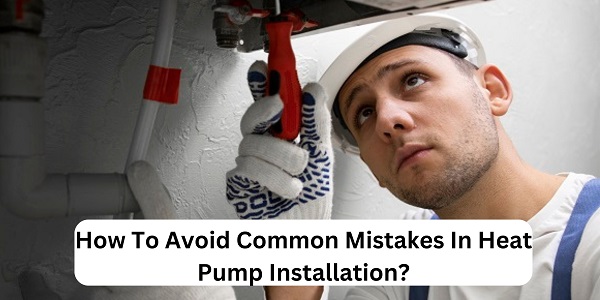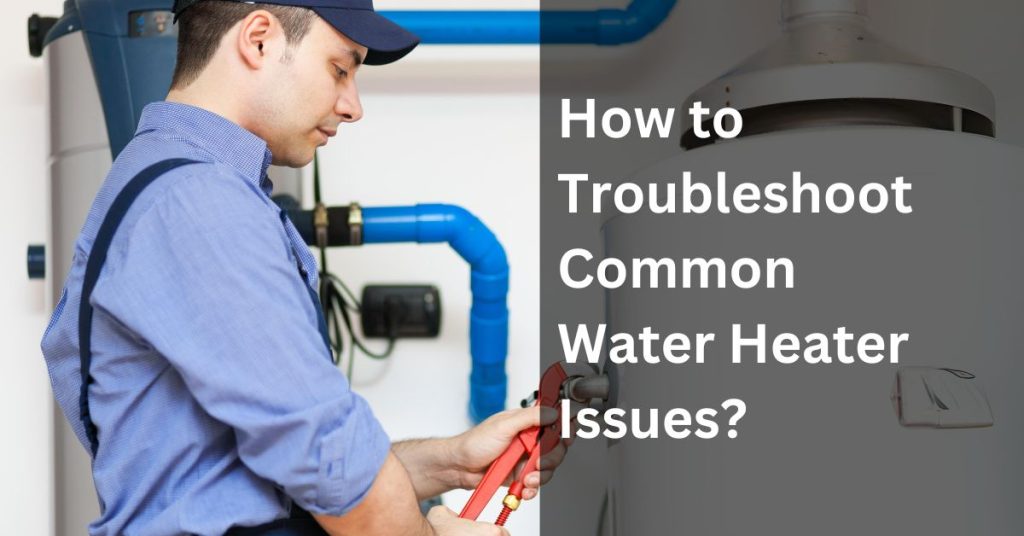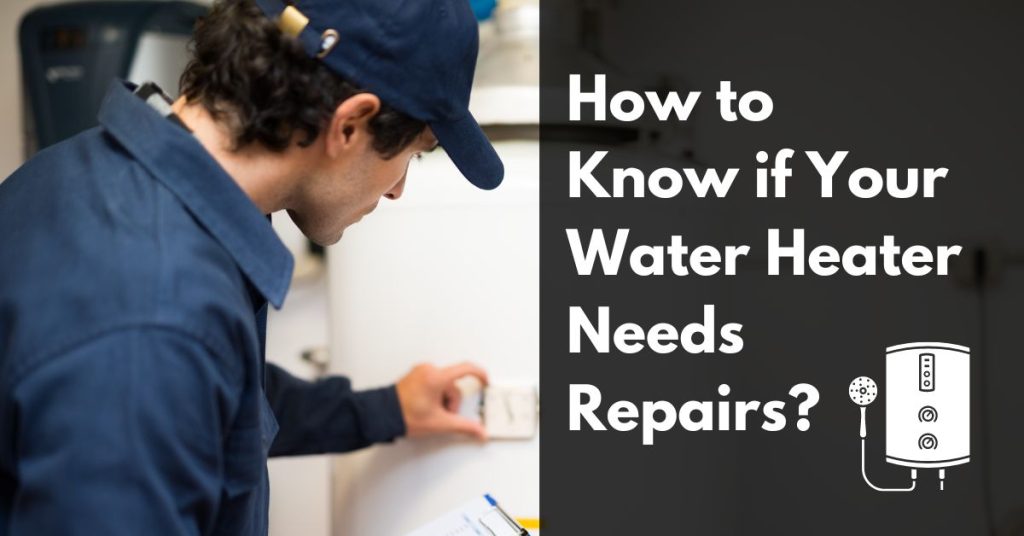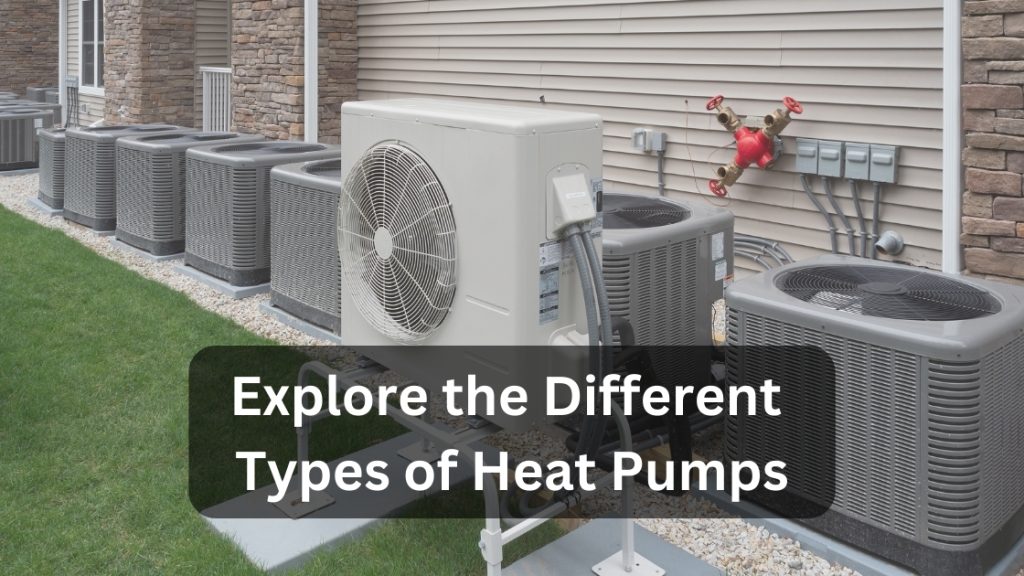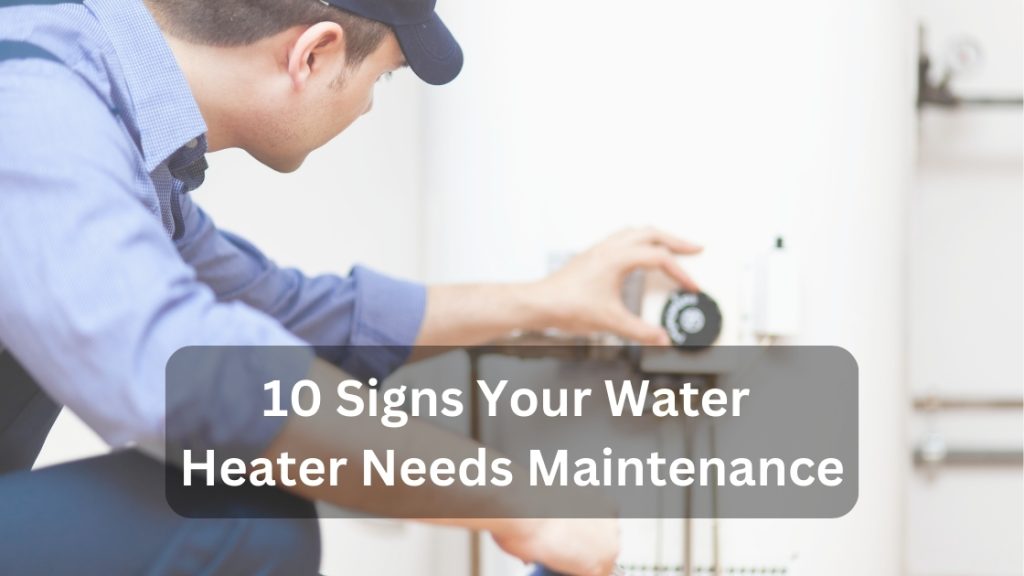Currently Empty: $0.00
How To Avoid Common Mistakes In Heat Pump Installation?
Proper heat pump installation is crucial for homeowners seeking efficient, reliable, and cost-effective heating and cooling solutions. Heat pumps are highly efficient HVAC systems that can significantly reduce energy consumption and environmental impact when installed correctly. A well-installed heat pump ensures optimal performance, maintains indoor comfort, and minimizes the risk of premature system failures. On the other hand, inadequate installation can lead to a myriad of issues, ranging from reduced energy efficiency and increased operating costs to frequent breakdowns and even a shortened lifespan of the unit.
The primary purpose of this article is to empower homeowners with the knowledge they need to make informed decisions when it comes to heat pump installation. A well-installed heat pump promises not only enhanced indoor comfort but also a significant step towards a greener and more sustainable future for both homeowners and the planet.
Contents
The Most Common Mistakes Are As Follows,
1. Incorrect Sizing
One of the most prevalent mistakes during heat pump installation is selecting an improperly sized unit for a home’s heating and cooling needs. When a heat pump is undersized, it struggles to keep up with the demand for conditioned air, leading to discomfort and inefficient operation. During colder months, an undersized heat pump may struggle to reach the desired indoor temperature, causing the system to run continuously without achieving the set thermostat settings. As a result, the home remains chilly, and energy bills soar.
On the other hand, an oversized heat pump may seem like a better option as it can quickly reach the desired temperature. However, this leads to frequent on-off cycling, known as short cycling, which is highly inefficient and places unnecessary stress on the system. Short cycling not only increases energy consumption but also accelerates wear and tear on critical components, potentially reducing the unit’s lifespan and necessitating costly repairs.
To avoid the sizing mistake and ensure optimal heat pump performance, homeowners should seek the expertise of professional HVAC technicians who perform a load calculation. Load calculations involve using industry-standard methods to accurately assess the home’s heating and cooling needs. This thorough evaluation accounts for all the relevant factors, enabling technicians to recommend the ideal heat pump size for the specific property.
2. Poor Location Selection
The location of a heat pump plays a pivotal role in its overall efficiency and performance. Unfortunately, poor location selection is a common mistake made during heat pump installation that can have significant consequences. Placing the heat pump in an unsuitable area can hinder its ability to function optimally, leading to reduced heating and cooling efficiency, higher energy consumption, and potential system breakdowns.
When a heat pump is installed in a location that lacks proper airflow, such as being surrounded by walls or vegetation, it can restrict the unit’s ability to draw in and expel air efficiently. As a result, the heat pump struggles to exchange heat with the surroundings effectively, leading to decreased performance and energy wastage.
To avoid poor location selection, there are several factors that homeowners should be cautious of. Firstly, placing the heat pump in a shady area with limited sunlight exposure will hinder its ability to capture heat effectively, especially during colder months. It’s essential to avoid areas that are heavily shaded by buildings, trees, or other structures.
3. Ignoring Insufficient Insulation
Insulation is a critical component that significantly impacts the efficiency and performance of a heat pump system. Ignoring or neglecting insufficient insulation during heat pump installation is a mistake that can lead to substantial energy losses and reduced comfort within the home. Proper insulation helps create a thermal barrier, preventing the escape of conditioned air during both hot summers and cold winters.
Inadequate insulation allows heat to escape during colder months, leading to increased heat pump usage and higher energy bills as the unit tries to compensate for the heat losses. Similarly, in warmer months, insufficient insulation fails to keep the heat out, causing the heat pump to work harder to maintain comfortable indoor temperatures. This can result in excessive energy consumption and unnecessary wear and tear on the system.
To avoid insufficient insulation during heat pump installation, it is essential for HVAC technicians to assess the existing insulation in the home and recommend improvements if necessary. Homeowners can work with the technicians to determine the most effective insulation upgrades to enhance heat pump efficiency.
4. Inadequate Refrigerant Charge
Maintaining the correct refrigerant charge is crucial for the efficient and reliable operation of a heat pump system. Inadequate refrigerant levels, either overcharging or undercharging, can lead to severe consequences. When a heat pump is undercharged, there is an insufficient amount of refrigerant in the system, causing it to struggle in transferring heat effectively. As a result, the heat pump’s heating and cooling capacity diminishes, leading to poor performance and longer operating times to achieve desired indoor temperatures.
Conversely, an overcharged heat pump has excessive refrigerant, which can be equally problematic. Overcharging can lead to reduced system efficiency, higher energy consumption, and compressor damage. The increased refrigerant volume places undue stress on the compressor, leading to potential failures and costly repairs. Both undercharging and overcharging contribute to increased wear and tear on the heat pump components, shortening the unit’s lifespan and reducing its overall reliability.
To avoid Inadequate refrigerant charge, refrigerant management requires the expertise of professional HVAC technicians. These technicians are trained to handle refrigerants safely, ensuring that the heat pump system operates within manufacturer specifications. Professional technicians have the necessary tools and knowledge to accurately measure refrigerant levels, make adjustments, and detect and repair any leaks.
Regular maintenance by qualified technicians is essential to monitor refrigerant levels and maintain the heat pump’s efficiency over time. During routine maintenance, technicians can check refrigerant charge, perform leak tests, and make any necessary adjustments to keep the heat pump operating at its peak performance.
5. Incorrect Ductwork Installation
The ductwork system plays a crucial role in distributing heated or cooled air from the heat pump throughout the home. However, an incorrect ductwork installation can have a significant impact on the heat pump’s overall performance. Poorly designed or leaky ducts can lead to a myriad of issues that affect both efficiency and comfort.
Leaky ducts allow conditioned air to escape into unused spaces, such as attics or crawl spaces, before reaching the intended living areas. As a result, the heat pump must work harder to compensate for the lost air, leading to increased energy consumption and decreased system efficiency. Moreover, air leaks can also allow unconditioned air to infiltrate the ducts, introducing outside contaminants and allergens into the indoor air, potentially compromising the air quality.
To avoid incorrect ductwork installation, the ductwork must be adequately sealed and insulated to prevent energy losses. Ducts can develop leaks over time due to wear and tear or poor initial installation. Sealing any leaks using specialized duct sealants helps preserve the conditioned air and prevents energy wastage.
By designing the duct system for optimal airflow, sealing any leaks, and insulating ducts in unconditioned spaces, homeowners can ensure that their heat pump operates at its best capacity. Seeking professional assistance for ductwork installation and regular maintenance will help maintain the efficiency and comfort of the heat pump system for many years to come.
Conclusion
Heat pump installation is a complex process that requires careful attention to detail to ensure optimal performance and efficiency. Throughout this article, we have highlighted several common mistakes that can compromise the effectiveness of a heat pump system. These mistakes include incorrect sizing, poor location selection, insufficient insulation, inadequate refrigerant charge. Each of these errors can lead to a range of issues, from decreased energy efficiency and increased operating costs to reduced comfort and potential system malfunctions.
Choosing professional heat pump installation services offers numerous long-term benefits. If you are located nearby St Helena CA, do contact the heat pump installation service provider in St Helena CA for all your heat pump installation related needs. Qualified technicians possess the expertise and experience to perform load calculations, conduct accurate refrigerant charging, and ensure proper ductwork installation, all of which are critical for efficient and reliable heat pump operation. The investment in professional installation pays off through improved energy efficiency, reduced utility bills, enhanced indoor comfort, and a longer lifespan for the heat pump system.


